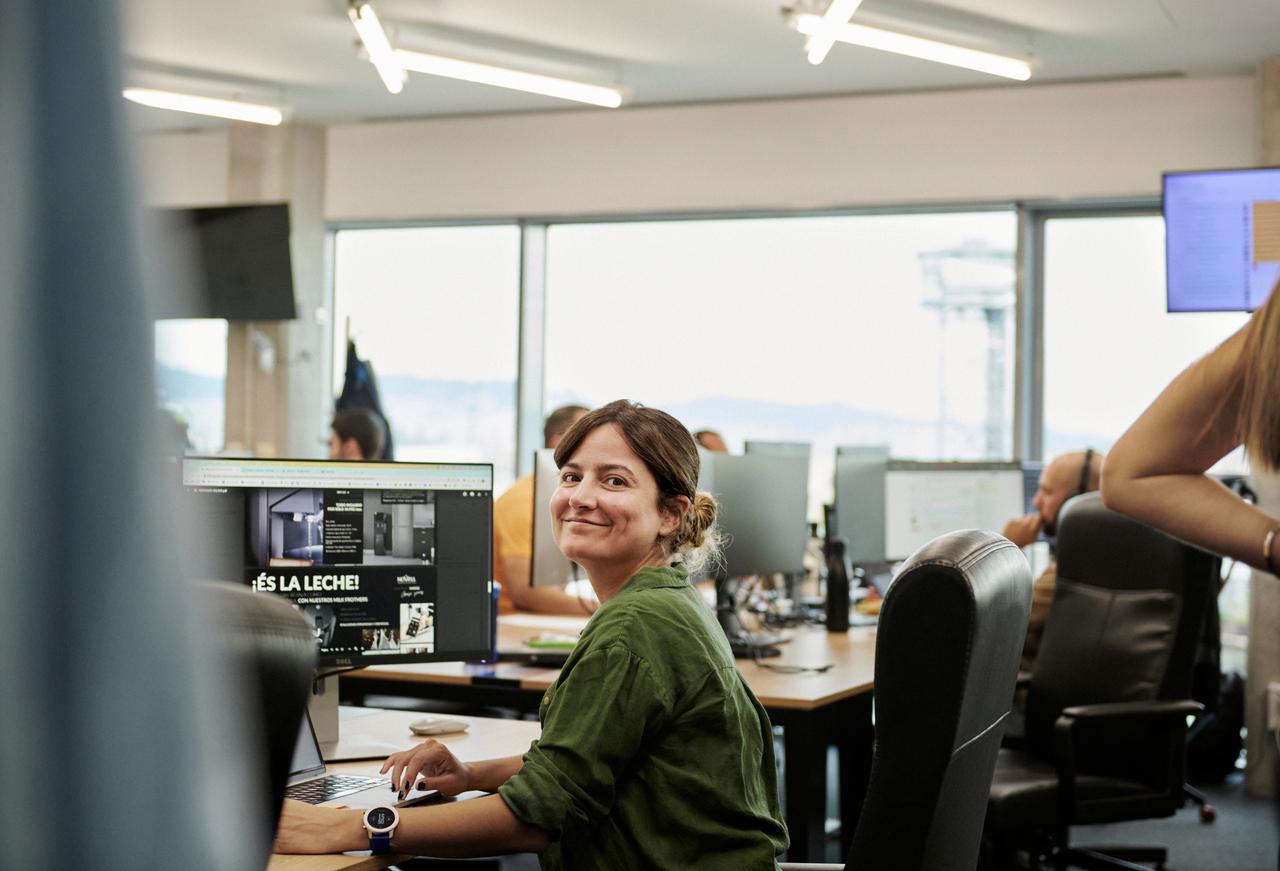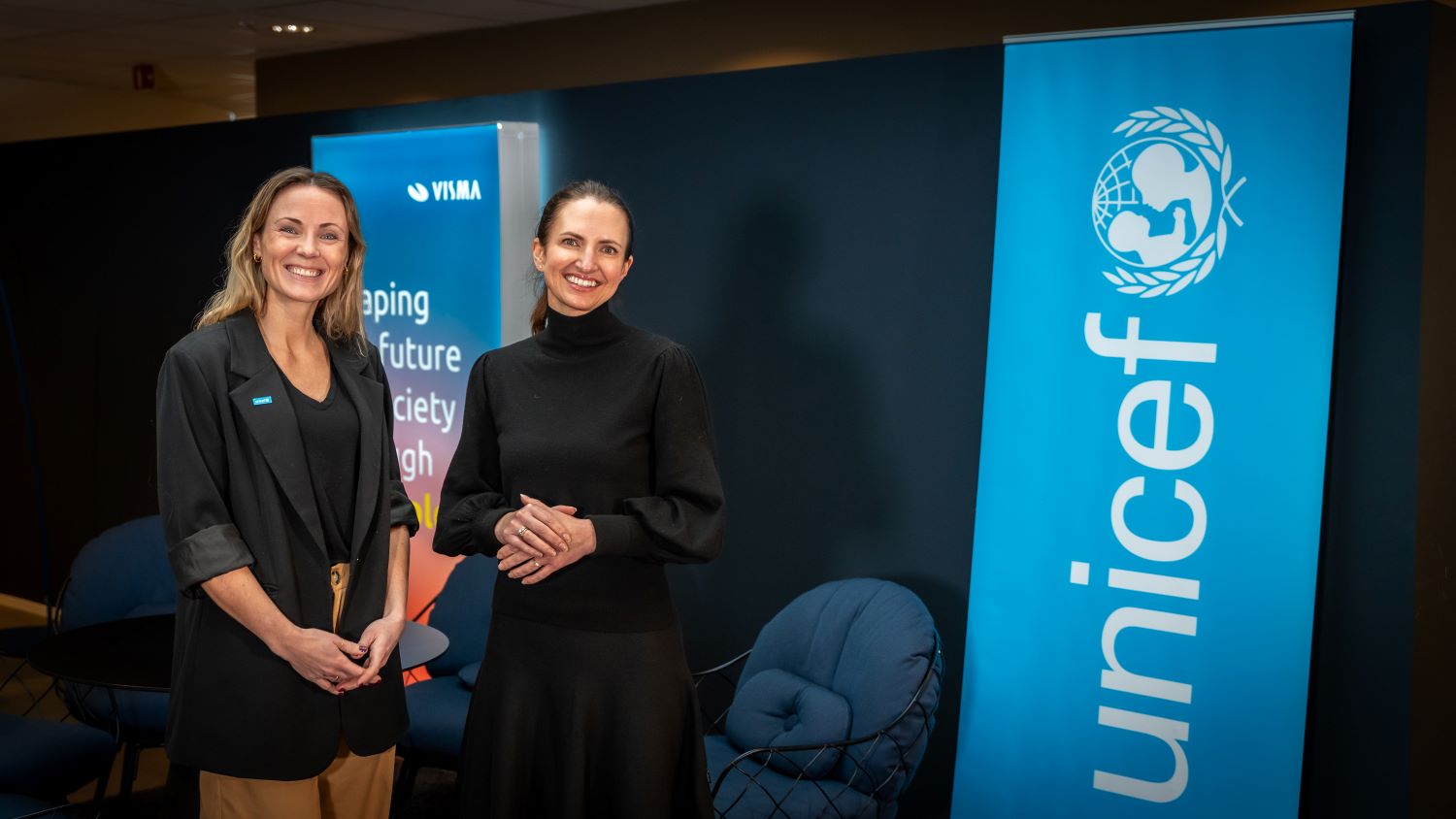To help us stay on our toes when it comes to strategic technological trends, a group of analysts from Gartner has looked at what will be the most important trends in the coming year. In this article, we have summarised the trends and if you’re interested in reading more, we recommend that you check out the full article from Gartner.
This year’s trends fall into three main categories: «people centricity, location independence and resilient delivery». The global pandemic has forced companies to think differently and adapt to the new situation, involving, among other things, remote work and digitisation of processes.
Here are some of the biggest technology trends for 2021:
Internet of Behaviours (IoB)
Briefly told, Internet of Behaviours, or IoB, is “about using data to change behaviour” through so-called “feedback loops”. The IoB can gather, combine and process data from a range of sources – both digital and physical – such as commercial customer data, social media, citizen-data, and location tracking.
With IoB it is therefore possible to make sense of the data and attach it to behaviours to change a specific behaviour, such as improving driver performance, routing and safety in commercial vehicles.
Read more about IoB on Gartner’s website here.
Total experience
This trend “combines multi-experience, customer experience, employee experience and user experience to transform a business outcome”. The goal of total experience is simply to improve the overall experience where all of the mentioned parts intersect–from the technology to employees to customers and users.
One example is a company who, during the pandemic, has distributed an appointment system via one of their existing apps so that they can send notifications to customers who show up within 75 meters of the store. Through alerts, they guide customers through the check-in process and let them know how long it will take before they can safely enter the store.
You might also want to read: Tailoring the customer journey to new online behaviours.
Distributed cloud computing
Distributed cloud refers to the distribution of public cloud services to locations outside the cloud provider’s physical data centres, but which are still controlled by the provider. This means that the provider of the cloud is still responsible for all aspects of the cloud service architecture, delivery, operation, management and updates.
Visit our Cloud Technology page to learn everything you need to know about the cloud.
Location-independent operations
Location-independent operations, or “anywhere operations” as Gartner names it, is an operating model that allows you to work from anywhere, which will be important for success both during and after the Covid-19 pandemic.
The core of such a model is to “allow for business to be accessed, delivered and enabled anywhere”.
Cyber security mesh
“Cyber security mesh is a distributed architectural approach to scalable, flexible and reliable cyber security control”. What differentiates this from traditional cyber security is that it allows for the security perimeter to be “defined around the identity of a person or thing”.
Additional reading: 14 tips for staying secure at the home office.
Smart adaptability
Gartner defines this trend as “intelligent composable business”, and talks about companies that are willing to adapt and fundamentally reorganise based on the current situation, which we have seen many examples of in 2020.
To successfully drive faster digital transformation, companies must “enable better access to information, augment that information with better insight and have the ability to respond quickly to the implications of that insight”.
Hyper-automation
By hyper-automation we mean using technologies such as artificial intelligence (AI) and machine learning to increasingly automate processes. The goal of hyper-automation is therefore to “automate everything in an organisation that can be automated”.
Hyper-automation today involves a combination of tools, such as robotic process automation (RPA), intelligent business management software (iBPMS) and AI, with a goal of more AI-driven decision making.
Do you want to learn more about technology, artificial intelligence and cloud? Visit our Technology category page.




